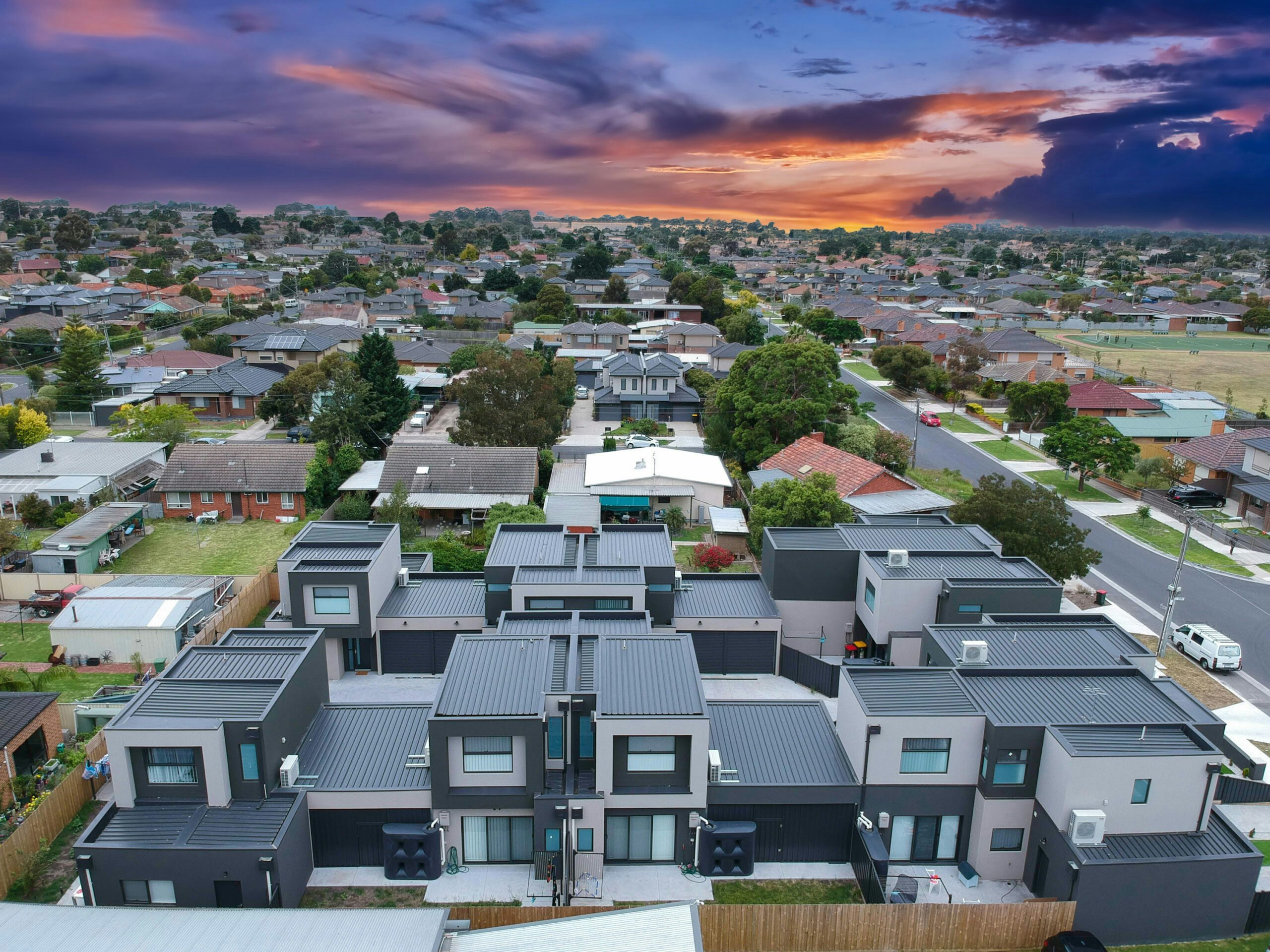Fast-tracking planning approval for high-quality townhouses, better standards for low-rise apartments and targets for new homes in each Melbourne local government area are among reform options proposed by the state’s independent infrastructure advisory body.
Infrastructure Victoria Chief Executive Officer Dr Jonathan Spear said many areas in established parts of Melbourne and regional cities, such as Geelong and Ballarat, can accommodate more homes. But more choice and housing diversity is needed to meet people’s needs as Victoria’s population grows.
"Building more high quality, medium density housing in established suburbs will mean more home choices close to jobs, services and existing infrastructure, at a price more people can afford,” Dr Spear said.
"We know many people are doing it tough. To make buying a home possible and fairer for many more families and first home buyers, we must provide more affordable, high quality home choices in more locations.”
In its latest research, Infrastructure Victoria talked to over 6,000 people from Melbourne, Geelong and Ballarat about the type of home they would choose if they had to move today – the largest survey of housing preferences ever conducted in Australia.
One in 5 households said they would trade a detached home in a new suburb for a townhouse or apartment for the same price closer to city centres. These families and first home buyers want more housing choices closer to existing infrastructure and family and friends.
“Households on moderate incomes, many of which are families and first home buyers, are being locked out of Melbourne’s middle suburbs, pushing them further away from jobs, schools and public transport, and locking them in to more travel time in the car,” said Dr Spear.“
Our package of reforms will encourage more diversity of housing across greater Melbourne and our regional centres, especially more 3 to 4-bedroom townhouses, units and apartments. These options will give many more Victorians more housing choices and the chance to live closer to jobs and existing infrastructure,” Dr Spear said.
Infrastructure Victoria’s latest research report, Our home choices: how more housing options can make better use of Victoria’s infrastructure, shows moderate income households earning between $88,000 and $132,000 are priced out of many inner and middle suburbs of greater Melbourne.
The research offers 10 policy options for the Victorian Government to support more choice for moderate income households who prefer to live in established suburbs, closer to jobs, services and existing infrastructure.“
Providing housing and infrastructure to Victoria’s growing population is a significant challenge, but the government does have opportunities to influence where homes are built, and which suburbs people choose to call home.“
This will help make the most of the good infrastructure we already have and ease the task of delivering new infrastructure in growth suburbs which are already struggling to keep up with demand,” Dr Spear said.
Fast facts
- Melbourne needs 932,000 new homes in established areas by 2051 – the equivalent of 8 times the number of homes in Geelong today.
- Melbourne has around 5 million people making it the 102nd largest global city by population, but it has the 33rd largest built-up land area in the world.
- The Victorian Government’s long-term planning document, Plan Melbourne, aspires to 70% of new homes being built in established areas. In 2021, fewer than half (44%) of Melbourne’s new homes were built in established suburbs compared with over 60% in 2012.
- The 7 local government areas home to Melbourne’s new growth suburbs (Cardinia, Casey, Hume, Melton, Whittlesea, Wyndham plus the southern part of Mitchell) accounted for 50% of Victoria’s total population growth over the last 10 years.
- The median household income for homebuyers in new suburbs is just over $90,000.
- Block sizes in growth areas vary generally between 400 to 600m².
- Around 60% of people who chose an apartment preferred 2 or 3 storey buildings while 20% preferred an apartment block of 11 storeys or higher.
